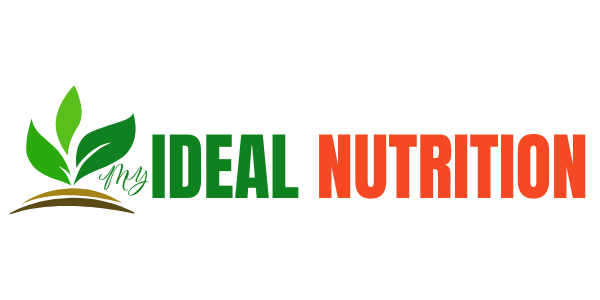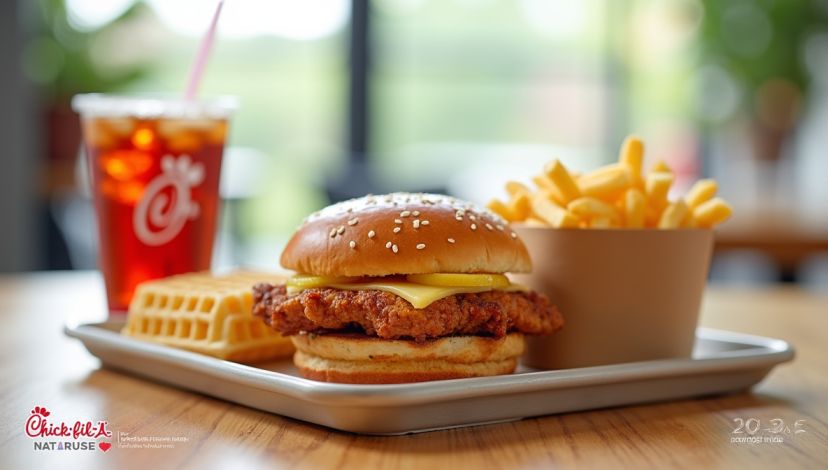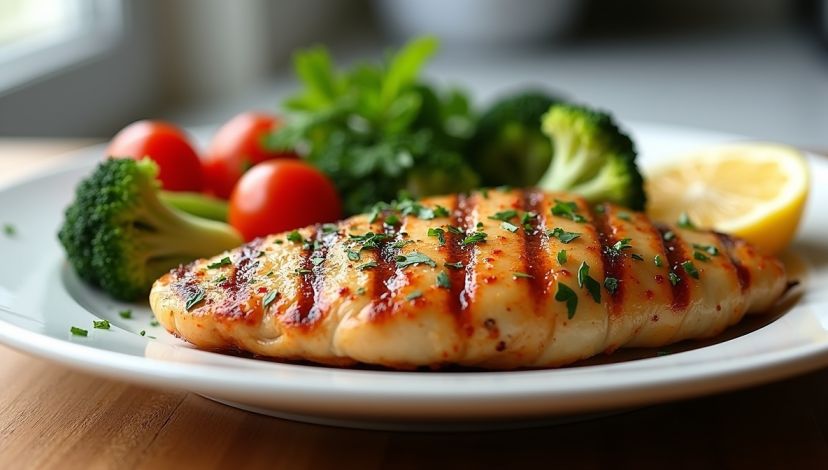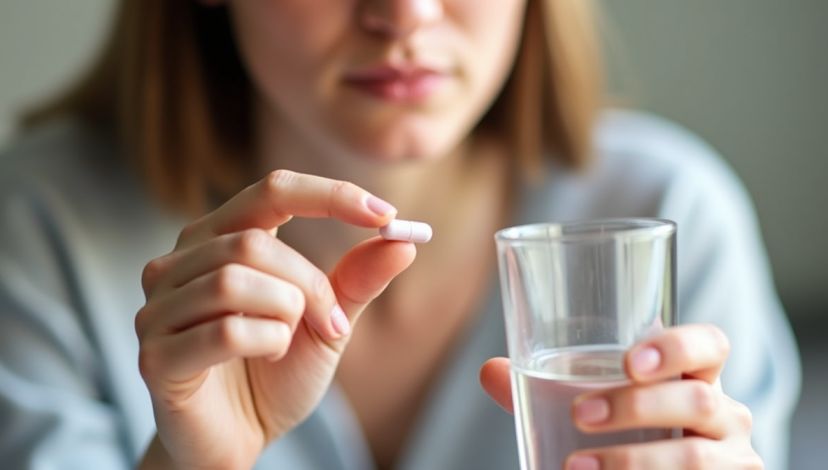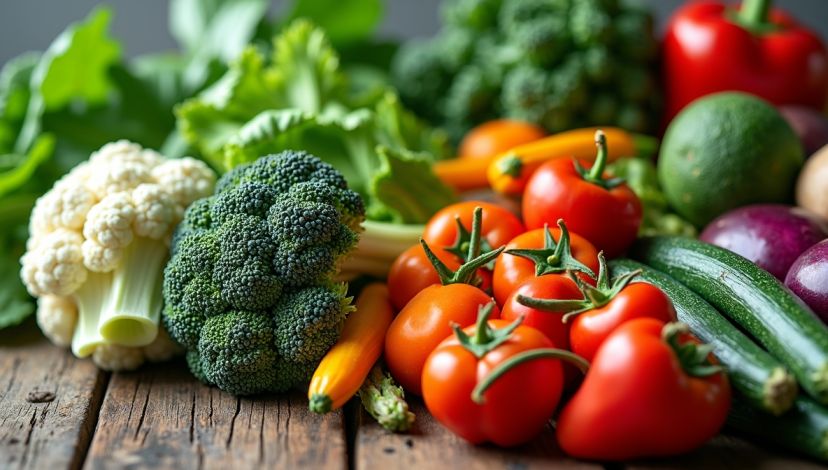The chicken breast has been known quite well as a healthy diet, especially to people that are fitness conscious, those who want to lose their weight or just to balance their diet. However, what exactly is so nutritious about chicken breast? Understanding the chicken breast nutrition facts reveals why this lean meat is more than just a protein source—it’s a well-rounded ingredient packed with vital nutrients essential for your body’s growth, repair, and overall wellness.
Chicken breast is a great protein source that a busy person, a professional athlete, or someone in need of a healthier lifestyle can use to make informed decisions of his/her meals. With its high protein content and low-fat makeup, as well as necessary vitamins and minerals, chicken breast has many health advantages to promote muscle synthesis, a normal immune system, and brain health, among others.
Three takeaways with regard to this are as follows:
- Chicken breast is a rich protein food that has very few carbohydrates and fats.
- It contains valuable vitamins such as B6, and also minerals such as potassium and selenium.
- The food preparation technique has a massive impacts on its nutritional value and calorie content.
What Are the Core Chicken Breast Nutrition Facts?
Chicken breast is mainly appreciated due to its high contents of protein; however, it has other nutritious elements that render it a whole meal. As an illustration of the above, 100 grams of uncooked skinless chicken breast have approximately:
| Nutrient | Amount | % Daily Value (DV) |
| Calories | 142 kcal | — |
| Protein | 27 g | 54% |
| Total Fat | 3 g | 4% |
| Saturated Fat | 1 g | 3% |
| Carbohydrates | 0 g | 0% |
| Potassium | 394 mg | 8% |
| Vitamin B6 | 1 mg | 74% |
| Selenium | 27 µg | 49% |
This nutrition information reveals that chicken breast is primarily a high-quality complete protein, in that it contains all the essential amino acids that the human body needs to build up and maintain muscle tissue. It also contains high levels of the vitamin B6 that is crucial to metabolism and brain wellbeing, and the antioxidant mineral selenium, which is vital to immune response and the functioning of the thyroid gland.
Note: These values can change greatly when it comes to cooking procedures. As an example, frying involves fats and calories, while baking maintains a lean status.
What is the comparison of Chicken Breast with other sources of proteins?
Comparing to such popular sources of protein as beef, fish, or plant-based proteins, chicken breast is an issue of many people; thus, they would like to know how it compares to them. What follows is a list of some common protein-rich foods compared with respect to a 100-gram serving:
| Food Item | Calories | Protein (g) | Total Fat (g) | Saturated Fat (g) | Carbohydrates (g) |
| Chicken breast (skinless) | 165 | 31 | 3.6 | 1.0 | 0 |
| Lean beef | 250 | 26 | 15 | 6 | 0 |
| Salmon | 206 | 22 | 13 | 3 | 0 |
| Tofu (firm) | 144 | 15 | 8 | 1.1 | 3.9 |
| Lentils (cooked) | 116 | 9 | 0.4 | 0 | 20 |
Comparison indicates that chicken breast has the greatest protein concentration and the least amount of fats, with no carbs among a range of products.
This underlines the attractiveness of chicken breast to those interested in gaining lean muscle, losing weight and fat, or just having a balanced diet and an average calorie regime.
Cooking Techniques: How Can They Influence the Nutrition of Chicken Breast?
One of the most important aspects of utilizing the chicken breast nutrition facts effectively is understanding how cooking influences its health benefits:
- To preserve the high protein and low-fat content of skinless chicken breast, grill, bake, broil, or poach the chicken breast instead.
- Skin frying or cooking makes the food a lot fatter and adds big calories to weight loss or lean muscles.
- Topping with high-fat sauce and bread also increase the number of calories without any improvement.
When it comes to the practical side of the advice, a registered dietitian, Emily Tills, writes that:
The next nutritious choice would be chicken; it is lean, cheap, and widely accessible. and to maintain it in a healthy state, avoid fat and frying when possible; use skinless meat.”.
To give an example, a 120g baked chicken breast contains approximately 193 calories and 36 grams of the protein, whereas frying the same amount can add almost 3 grams of fat and about 20 calories.
One should not forget about:
The proper cooking process may help chicken breast to stay as the nutritious, diet-friendly food, or increase the number of calories and make it less efficient.
What Science Supports as the Health Benefits?
Chicken breast is not only a low-calorie protein. It agrees with a number of health aspects:
- Muscle Growth and Repair: Its complete profile, rich in protein, aids in the reconstruction of the muscles following exercises. Chicken is rich in essential amino acids, which leucine plays an instrumental role in triggering muscle protein synthesis.
- Weight Loss: As it is rich in protein and low in fat, chicken breast can make one gain satiety with the less number of calories; this is one of the secrets of weight reduction diets.
- Immune Support: Selenium and vitamin B6 in chicken breast have immune-enhancing properties and are said to be helpful in the general cellular health.
- Heart Health: It contains low saturated fat and can help achieve cardiovascular improvements when substituting red meat consumption with lower-fat meat to prepare it in a healthy way.
A 2021 study proved that lean poultry, such as chicken breast, when incorporated in diets, enhanced lean body mass and metabolic health during resistance training. This, among others, illustrates that the protein quality and digestibility of chicken breast makes it a superior choice to athletes and other active people.
Practical ways to add chicken breast-rich diets to your dining: advice and recipes
It is also available in beef steak and chicken breast form, instead of vegetable-based dishes that include chicken breast, which can be made without any efforts, and it is delicious.
- Weekly meal prep: Basically, you can cook multiple skinless chicken breasts (seasoning them with herbs and spices) and use them as salads, wraps, or bowl fillers.
- Good fast food: Stir-fry some sliced chicken breast in a little oil with some vegetables, or sprinkle some grilled chicken on top of whole-grain pasta or quinoa.
- Taste with no transgression: A squeeze of lemon juice and garlic, and fresh herbs replace fat-packed sauces.
Example: Sarah is a fitness coach and considers chicken breast her favorite source of protein: “it works on any meal, makes my clients meet the protein intake, and the food remains light and wholesome.”
Reminder:
The amount becomes important when maximizing the benefits; one should take 3-4 ounces of cooked chicken breast per meal to consume adequate protein resources and not to exceed the limit.
Conclusion
Understanding the chicken breast nutrition facts highlights why this lean meat is a nutritional treasure for people of all fitness and health levels. Chicken breast, containing quality protein, valuable B6 vitamins, and minerals, including potassium and selenium, helps develop muscles, boosts the health of the immune system, and maintains a healthy weight. Preparation of chicken breast is also important in maintaining its healthfulness- baking, grilling, or poaching is significant, other than frying.
Individuals who desire to supplement their diets with high-nutrient-value, low-cost sources of proteins through the use of skinless chicken breast will reap guaranteed rewards through the frequent use of this protein source. You can begin today by meal prepping, researching on healthy recipes to consume this multipurpose ingredient.
Read further about the balancing of proteins and selecting healthy meal options in our article Is Corn Keto Friendly? A Detailed Guide.
FAQs
Q1: How many proteins do have a normal chicken breast?
A 100-gram skinless, boneless chicken breast has an average of 27 to 31 grams of high-quality protein.
Q2: Does cooking chicken breast make cooking help with its nutritional value?
A: Yes, frying and cooking it use some fat and calories, whereas baking or grilling saves its lean nutrition.
Q3: Does chicken breast contain much vitamin?
A: Of course, it contains vitamin B6 and minerals, including potassium and selenium, and enhances different body functions.
Q4: What role can be played by the chicken breast in weight loss?
A: It is high in protein and low in fat, which leads to an enhancement in satiety along with the preservation of muscle mass when in a calorie-restricted state.
Q5: Is it better to eat chicken breast meat or chicken breast with skin as a nutritionist?
A: Chicken breast is a good option with low fat, few calories, and is most beneficial in terms of lean proteins.
